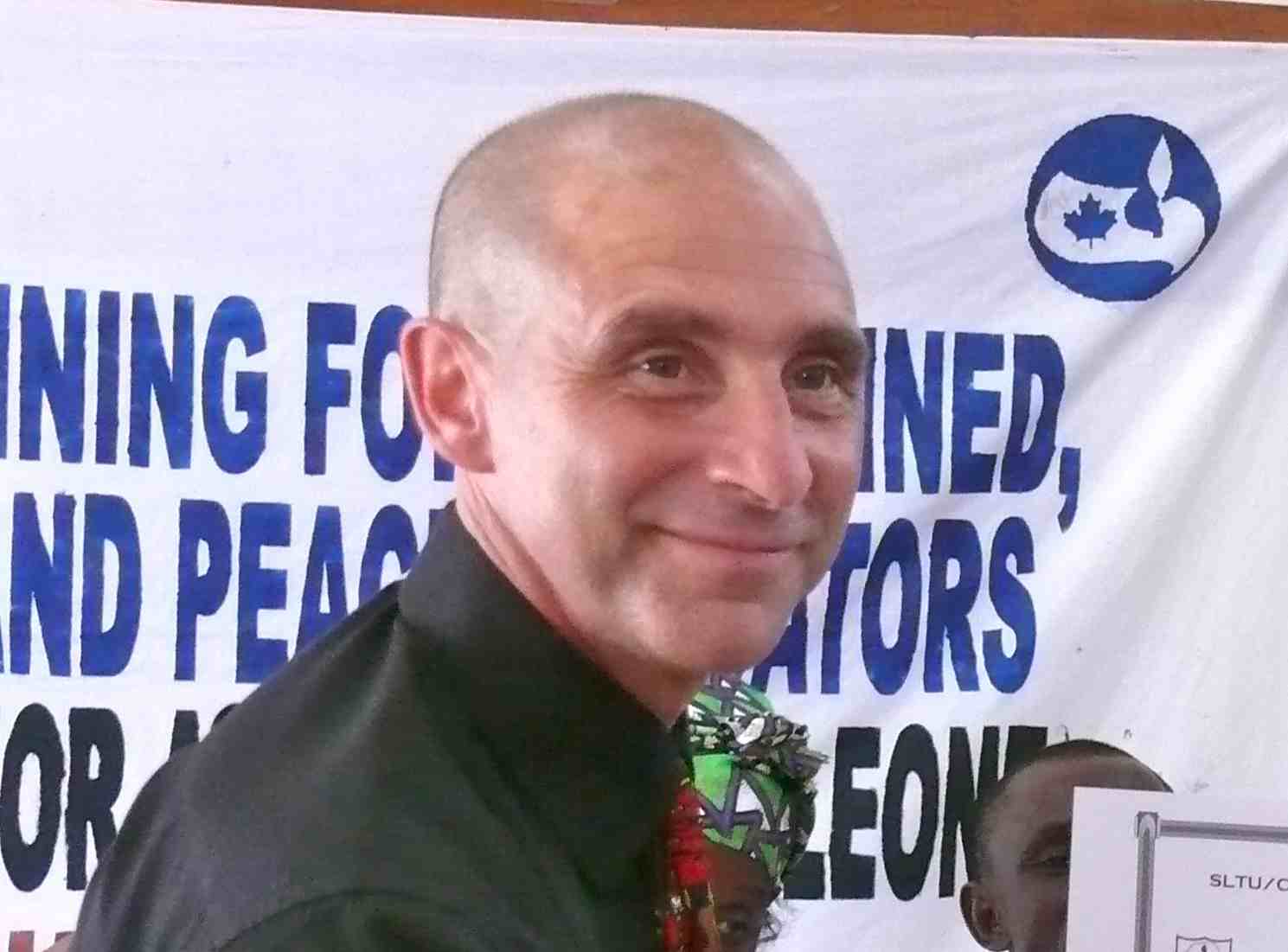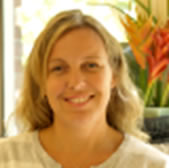Back in October, I wrote about the 4 big questions we would use as a lens to consider our curriculum. I had noted that the first question, How do we balance our needs with the needs of others? was presented in September, but students were cautious. It was as though they weren’t sure what the right answer was, or how to form their own opinions based on their own experiences and the information they were learning in class. A bulletin board in the classroom was set-up dedicated for items we may collect that would contribute to our understanding as we worked to answer this question. When I taught grade 1/2s, they enjoyed adding information or images to our research board and watching the accumulation of ideas as the board filled.
In the grade 5/6 class this year, the concept of collecting representations of related ideas was difficult for them to either grasp or see as worthwhile. So as we discussed new books or issues, I would add something to our Inquiry Research board. Needless to say, it was more sparse than the research boards I was used to seeing in the younger grades. One of the first additions to the board was to add their initial responses to the question. This provides a good starting point. So, when asked How do we balance our needs with others?, the students responded with:
- “Be kind and friendly.”
- “Cooperate with others.”
- “Eat healthy.”
- “Some people in some countries don’t have food to eat, so don’t let your food go to waste.”
- “Treat others the way you want to be treated, for example, if you’re mean to your brother he will be too.”
When I reviewed the responses I had to ask myself if the students understood what needs were and if they were providing answers they thought were “right.” The answers seemed like stock answers for a variety of questions, but not the question that I had asked of them. I realized we needed to backtrack and look at needs and understand them by definition. We considered what needs are (physical, emotional, and group needs).
Then, to understand the meaning of the balance between individuals or groups, we used books such as “The Encounter” and “Sees Behind Trees” to deepen through read-alouds and discussions. I was surprised that a visual of a scale was what really worked to help them grasp the concept. We then used that image to look at the curriculum to consider:
- needs of First Nations vs. European explorers
- needs of Space Explorers
- needs of residents in areas of development (Fracking for gas extraction) – a topic that emerged from our look at matter.
At the end of our inquiry, students provided responses that showed a better understanding of needs and some were able to use specific examples from their learning:
“The Europeans wanted to change First Nations’ culture but what they didn’t know was that First Nations already had a culture – Nature was their god but the Europeans didn’t know that.”
“Balancing your needs is how you manage things in your life. The needs of the First Nations didn’t matter (to the Europeans). Nobody cared about their religion. They felt useless.”
“Some people need more than others.”
“I don’t think that they balanced their needs with First Nations when they took their children to schools far away so they can forget their culture and their language.”
Now in class, students continue to make connections about needs. They also consider their own needs as something that requires balance with those around them like their family, and especially other students. Going through the first Big Idea required more scaffolding than I planned, however it was necessary for the students to understand how to consider their knowledge in the context of bigger idea or question. We are now moving on to another question/lens, “How do people overcome challenges?” I am predicting richer responses from the initial question and the culminating task.



